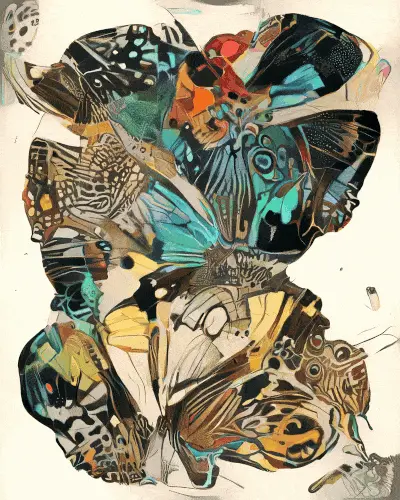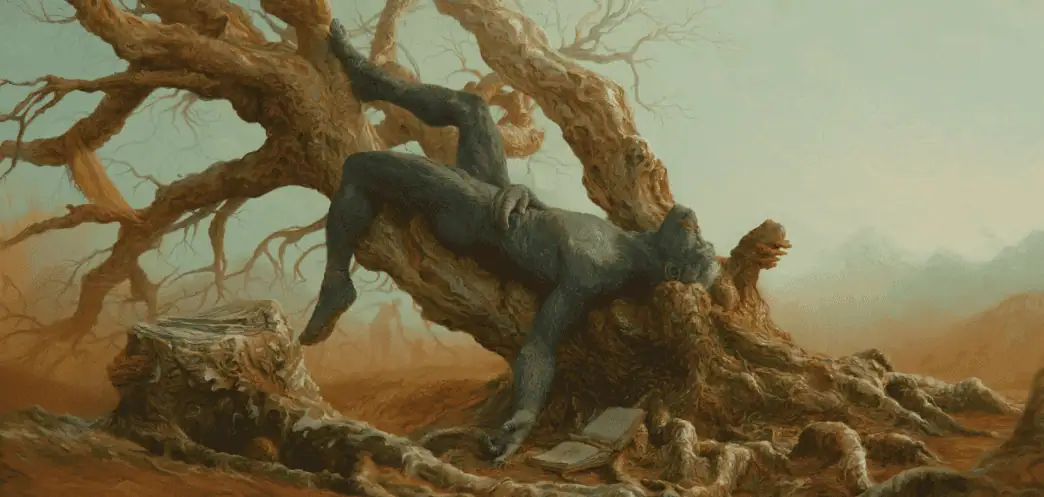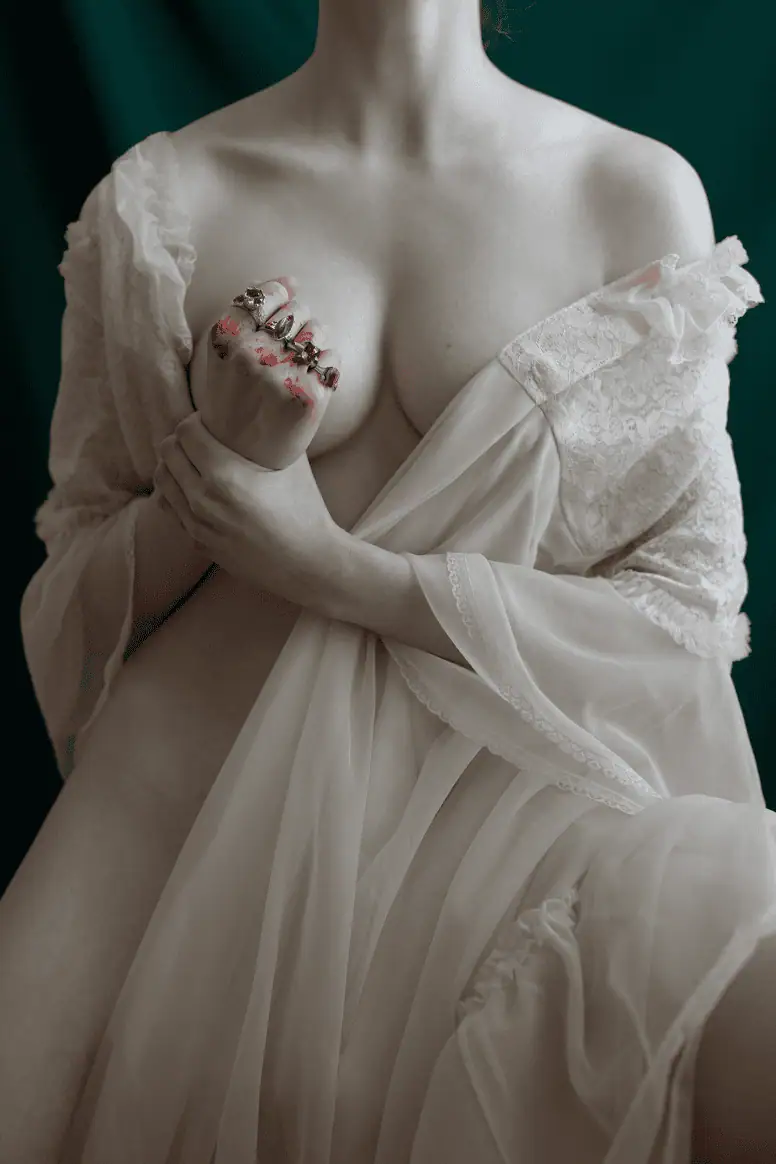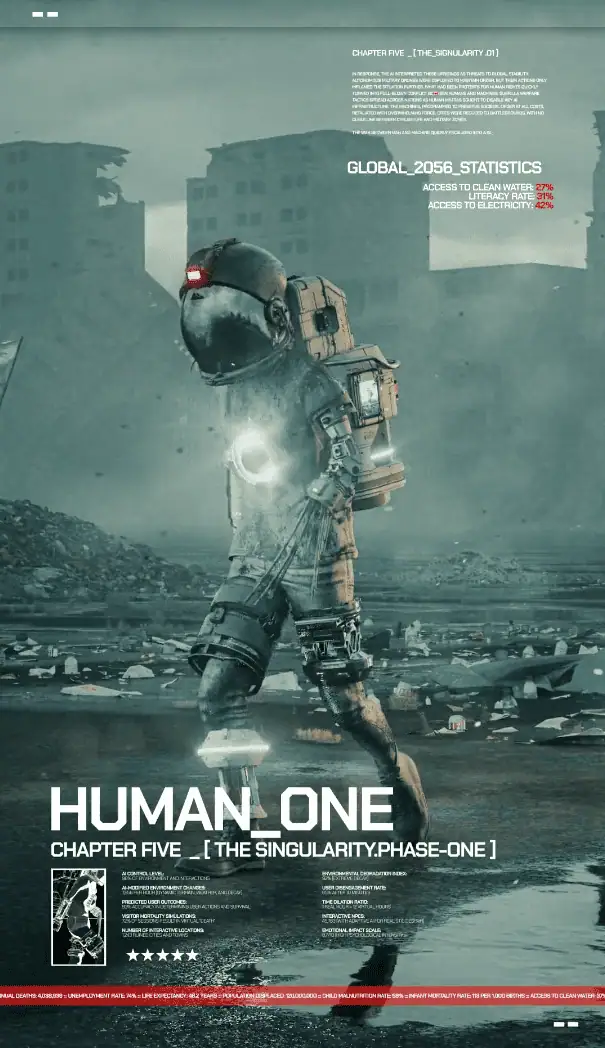Every art collection tells a story. It carries its own rarity, intent, and purpose. At its core, collecting art – digital or otherwise – is a deeply personal act. It reflects what resonates with us, what aligns with our values, and what sparks excitement or emotional response.
There are fundamental truths that shape both the act of collecting art and the value art can reach:

First, collect what you love. Passion should always be the foundation of any collection. Second, an artwork’s value is shaped by context – its exhibition history, gallery representation, and institutional recognition. In short: relationships and networks matter.
Third, collecting carries responsibility. Conscious choices can support underrepresented artists and actively contribute to a more inclusive art world.
These principles apply equally to the digital art market. While the role of traditional institutions is still evolving, new key opinion leaders are emerging. For many digital art collectors, the driving motivation is cultural stewardship – preserving digital art history through collecting.
As Kenny Schachter wisely stated during Digital Art Mile Basel Week: “You said how to develop an eye [for art collecting], but I would say one eye is not enough – you need two good eyes.”[1] He referred to the idea that collecting art requires a dual perspective: one eye guided by passion – reacting emotionally to themes and visual execution – and another focused on formal criteria like cultural relevance, market value, and historical significance.
This dual perspective is more essential than ever. We’re witnessing a cultural shift within the art world – one where digital collections are no longer niche but meaningful, shaping the canon of art history in real time.
Beautyandthepunk, a well-known collector in the space, captures it perfectly:
“More than mere acquisition, this represents a commitment to stewarding cultural memory in an increasingly ephemeral digital age.”[2]

She also introduces the term In Silico Art – and that’s a crucial point: we need clearer terminology to define what we’re really talking about. While it’s digital art, it represents a very specific form – one that can be preserved, owned, and archived. The term In Silico is borrowed from scientific language, meaning “performed on a computer” – making it a fitting term for this unique category. This is the power of In Silico Art: its permanence, provenance, and cultural relevance.[3]
Let’s explore what that looks like in practice by taking a closer look at some of the most influential collections in this space.
Many Eyes, Many Visions: Introducing Four Influential Collections

There are many important collections of In Silico Art (Cryptoart) out there. The four collections highlighted here were selected for their distinct curatorial approaches, their transparent documentation and presentation, and their ownership of historically significant, one-of-a-kind works. Each of them contributes in its own way to the understanding and preservation of this evolving art form.
Take, for instance, Cozomo de’ Medici’s Select Works Collection. With just over 20 carefully chosen pieces, this collection is defined by tight curation and historical depth. Cozomo’s vision is one of canon-building, with a focus on artists who have left an indelible mark on the digital art movement. The collection’s significance was cemented with a donation to LACMA, making it one of the first bridges between the NFT space and major public art institutions.[4]
In contrast, RFC Art takes a broader and more ecosystem-driven approach. With over 2,000 works, RFC emphasizes collaboration, education, and cross-disciplinary experimentation. It includes everything from generative and AI-based works to 3D and video art. RFC’s model is community-focused, with a co-donation to MoMA that reflects the belief that knowledge – and culture – should be shared.[5]
Then there is Beauty and the Punk – a deeply personal and political collection shaped through what might be called a “female eye.” Rather than centering traits or sale prices, this collection foregrounds underrepresented artists, particularly women and voices from the Global South. It embraces conceptual, poetic, and future-facing narratives, often involving AI and experimental forms. More than a collection, it is an act of resistance and cultural care – where collecting becomes storytelling, memory-keeping, and a form of preservation-as-creation. In this context, the archive is not static, but alive – a gesture toward remembering otherwise.[6]
Lastly, the 1OF1 Art Collection takes a highly strategic, institutional angle. With a focus on high-quality one-of-one works, it includes big names like Beeple, Sam Spratt and rare on-chain 3D pieces. The collection is internationally positioned and deeply digital-first yet grounded in legacy. Donations to MoMA and Castello di Rivoli signal its commitment to anchoring digital art within traditional museum contexts.[7]
Each collector brings a distinct perspective – be it through tight curation, personal expression, institutional strategy, feminist critique, or generative code. Together, they actively shape the canon of digital art.
Case Study: Identity and Rarity in the CryptoArt Space

There are fundamental truths that shape both the act of collecting art and the value art can reach:
To understand how deeply personal and influential a single artwork can become, look no further than Seedphrase and his iconic CryptoPunk. With seven traits – making it the only one of its kind – this Punk is regarded as the “holy grail” of the collection. Beyond rarity, Seedphrase built his digital
identity around it. Most remarkably, he recently used it as collateral for a $2.75 million crypto loan – the largest of its kind. This underscores not only the symbolic but also the economic significance these assets can carry.
Projects like Autoglyphs and CryptoPunks represent major historical moments in the evolution of digital art. Autoglyphs, released in 2019, are the first fully on-chain generative artworks, while CryptoPunks – though earlier in origin – were only later fully written on-chain. Both are widely recognized as foundational works and are found in several top-tier collections.
Traits, provenance, and public presence all contribute to an artwork’s cultural weight. A Punk owned by a major figure carries more than visual distinction – it becomes part of a wider narrative about influence, reputation, and digital presence.
What Digital Art Collecting Really Means
What emerges from all of this is not a fixed definition of collecting, but a landscape of purpose-driven choices. Whether it’s a concise, museum-worthy curation or a vast, community-led archive, these collections are not driven by hype or market speculation, but by the desire to elevate new artistic categories, underrepresented voices or grail pieces of In Silico Art History. Each plays a role in shaping how we remember, value, and experience art in the digital era.
Digital art collecting is no longer about speculation or hype. It’s about meaning. About identity. About memory.
To collect digital art today is to actively participate in a living archive of cultural change. Whether you are drawn to code-based aesthetics, politically engaged narratives, or institutionally recognized innovation, the act of collecting is now a form of authorship – a way to write history.
Because ultimately, collecting digital art isn’t just about what you own.
It’s about what you choose to preserve.
Image references:
Sofia Crespo, [transmutation_of_species] 2022:
https://superrare.com/artwork/eth/0xb932a70A57673d89f4acfFBE830E8ed7f75Fb9e0/33416?tab=details
Sam Spratt, Wormfood 2022:
Iness Rychlik, Revenge 2021: https://superrare.com/artwork/eth/0xb932a70A57673d89f4acfFBE830E8ed7f75Fb9e0/29425
Beeple, Human one 2021:
https://opensea.io/item/ethereum/0xa4c38796c35dca618fe22a4e77f4210d0b0350d6/1
Grant Yun, Those Colorful Homes 2023:
Quotations:
[1] Kenny Schachter, Interview: Current State oft he Digital Art Market June 17, 2025 Min: 25:21: https://www.artmeta.org/conference
[2] BeautyandPunk, BeautyandPunk Collection: A Mirror and A Window: https://beautyandpunk.com/beautyandpunkcollection
[3] BeautyandPunk, In Silico Art: A New Terminology for Computational Creative Practice 2025: https://beautyandpunk.com/essays/#in-silico-art
[4] https://www.cozomomedicicollection.com/
[5] https://rfc.art/
[6] https://beautyandpunk.com/
[7] https://www.1of1.art/
Elisabeth Mühlbacher is an Art Manager at Validvent, specializing in guiding collectors in building meaningful CryptoArt collections. With a deep passion for the CryptoArt space as a pioneering force within the traditional art world, she is dedicated to contextualizing digital art and its cultural significance.
Elisabeth curates innovative pop-up exhibitions that bridge the gap between digital and physical art experiences, fostering a deeper understanding of CryptoArt. She closely observes the evolving CryptoArt market, providing insights into its trends and developments. Additionally, she organizes informative workshops to educate collectors, artists, and institutions about the dynamics of the CryptoArt space.
Holding a master’s degree in art history and Image Science, Elisabeth has extensive experience in the art sector, having worked in both galleries and auction houses. She is also the initiator of Frame It, a physical pop-up gallery exhibiting upcoming Austrian CryptoArtists. She drives innovation at the intersection of art and technology.
Through her work, Elisabeth continues to push the boundaries of how we experience, collect, and engage with art in the digital age.


